Top 7 Bass Fishing Techniques You Need to Know About
Bass are some of America’s top game fish, and that’s for a good reason: They’re fun to catch.
Bass put up a hard fight, require skill and good judgment if you target larger fish, and have some of the most impressive blowups in the fishing world.
However, they can be a bit tricky for beginners and vets alike. Bass are often picky, and even if you manage to hook into one, a wrong move can leave the bass –and your favorite lure- running off into the depths never to be seen again.
So, what's the best way to enjoy a good bass fight without losing gear or wasting your time? Well, 7 proven techniques will attract bass like a moth to a flame.
Let’s dig into them.
Newsletter Signup
1. Topwater Bass Fishing
Topwater fishing isn’t the easiest technique to pull off, but it’s easily one of the most exciting once you perfect it. It takes patience, masterful rod control, and an impeccable sense of lure choice.
What is Topwater Bass Fishing?
As the name implies, it's when you fish on top of the water to catch bass. Bass often hunt throughout the water column, and they're known for frequently breaching the surface to violently attack everything from frogs to snakes and unfortunate rodents.
This technique is difficult to master for a few reasons.
First, you have to have topwater lures to do it. These are lures that float or skim along the surface, and they usually have limited action. So, it's up to you to utilize your rod properly and create a realistic movement pattern and cadence for the lure. Luckily, you can see what each twitch of your rod causes the lure to do, and it's a bit easier to tweak your technique than it is with something like a drop shot rig.
Beyond that, setting the hook is also a bit of a challenge. Most modern topwater lures have snag-proof hooks that tend to slip right out of the fish's mouth if you jerk your rod before it bites down and exposes the hooks properly. Considering the dramatic blowup you’re likely to see while topwater fishing, it’s fairly easy to get excited and jerk your rod prematurely.
However, your hard work will be paid off in full when you finally see a 15-pound bass explode out of the water with its gills flared and tail flailing. While bass fishing is almost always exciting, these highly-aggressive breaches are sights to behold.
How to Do it
Fishing a topwater lure takes practice to master, but it’s not overly complicated. You’ll need a medium to medium-heavy rod with a fast-action tip, and pick out a few interesting topwater lures from your favorite supplier. We recommend topwater frogs for beginners. They’re usually snag-proof, affordable, and reliable.
No weights: The lure is all that goes on this setup. Any additional weights on the line can cause it to dive.
Experiment. Toss the lure past a bass-worthy spot, and experiment with different movement patterns and cadences. Don't just reel it in. Give it a twitch or two, pause, and twitch it again. Just reel in the slack.
Hold off on the hookset: If you yank your line the second the bass touches it, you won’t set the hook. Let the bass take the lure back under the water and run with it, first.
Take advantage of its placement: Since topwater lures float, you don’t need to worry about underwater obstacles. Toss that lure right on top of thick moss or right above a sunken tree if you want.
Switch lures often: It pays to have several color patterns of the same lure. If the fish aren’t biting one, don’t hesitate to switch to a different color.
Try scents and rattles: Most topwaters are hollow. You can squirt your favorite scent formula into the cavity to leave scent trails, or you can insert –light- rattles to attract more bass.
2. Pitching for Bass
Pitching is a short-range casting technique used with drop-shot rigs, other weighted soft plastics, and jigs. It's easy to learn, effective, and useful with the most common lures.
What is Pitching?
Pitching is a beginner-friendly technique that will remain a valuable skill throughout your time as a fisherman. It’s essentially an underhand cast that doesn’t take a lot of energy and allows a weighted lure to gently plop into an exact spot. It’s perfect for areas with a lot of underwater structures and pockets you need to be careful around, and it’s not too disruptive.
However, it’s only really useful for soft plastics on weighted rigs and jig lures. They have the weight necessary to get a good cast without a lot of effort, and they aren’t fished too quickly; which is key with such a short casting distance. It’s also a little less accurate than flipping and other techniques, but it’s easier to perfect.
How to Do it
Pitching is extremely easy, and it can be done with spinning or casting gear of any class. Here’s a step-by-step guide you can use.
Setup: Take a moment to set up your favorite lure. We recommend starting with a skirted, snag-proof, football jig. They're cheap, easy to use, and you won't have to worry about snags.
Slack the line: Now, hold the lure in your weak hand and pull out enough line to reach your destination.
Aim and toss: Point your rod tip towards your target and make sure your line is released. Now, underhand pitch the lure like you would a softball, and raise your rod tip to shoulder height as the lure reaches its destination.
Lock and jig: Now, simply re-lock your spinner bail or baitcaster spool, reel in the slack, and start using your favorite retrieval technique.
3. Flipping for Bass
Flipping is very similar to pitching. However, it’s more complicated. In exchange, it’s a lot more accurate, and it’s perfect for pinpoint lure placement.
What is Flipping?
Flipping is another underhand cast meant for close-range lure placement. However, you manipulate the line directly and “flip” the lure using your rod tip. It’s pretty easy to get your line tangled when you first start, and it’s common for beginners to flip their lure right back at themselves. Just take your time and be patient.
Flipping is used in the same situations as pitching, and it requires the same general lures and techniques. The only difference is how you get the lure out there.
We highly recommend learning how to pitch first. While flipping is more accurate, it can be frustrating for inexperienced fishermen.
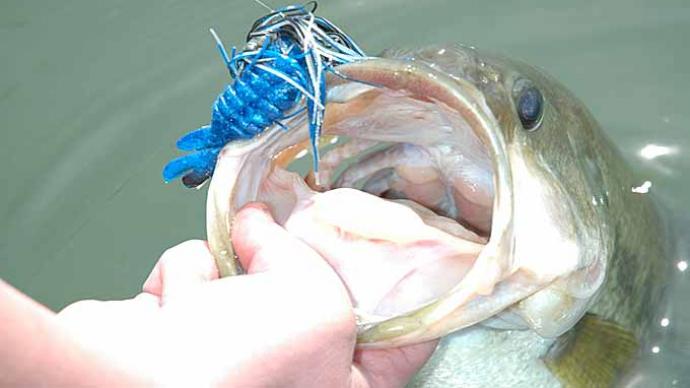
How to Do it
The steps for flipping don’t sound difficult, but they are difficult to master. Follow these steps, and maybe try “dry casting” at home to practice the technique. Use a hookless weight if you take this route.
Setup: Choose your favorite jig or weight soft-plastic rig for this, and tie it on accordingly.
Point: Point your rod’s tip towards the water’s surface, and use your casting hand’s index finger to hold the line against the rod. Release your bail or baitcasting spool.
Feed line: With the spool or bail free, pull out line from the spool that’s about four times the length of your rod.
Flip: When you’re ready, flip your wrist and release the line gently. Keep your fingers hovering around the line. This will let you feather it to slow down your cast, or you can grab it to instantly stop it in the exact spot you want.
Be careful with this. You’ll have a lot of loose line laying around, and you don’t want to create a bird’s nest that wastes your time on the water.
4. Cranking for Bass
Cranking is a technique built around a specific lure type: The crankbait. It’s entirely meant to irritate bass and force a violent reaction. So, it tends to be fast-paced and full of excitement. It’s also one of the easiest methods to use.
What is Cranking for Bass?
Cranking is when you tie on a crankbait –a hard-plastic bait filled with rattles and equipped with exposed treble hooks- and use a faster retrieval pattern to trigger an aggressive response from lazy bass.
This works because crankbaits are loud, flashy, and typically fished at a faster cadence. Even if a bass isn’t hungry, the noise and flashes can cause it to attack out of sheer irritation. It’s also easy since crankbaits create most of their own movement and noise. So, simply reeling at various paces is more than enough to crank effectively. Sometimes, you can get a bass just by reeling the lure right back in.
The problem with cranking is that it’s not good for water with a lot of debris. The exposed treble hooks are easy to snag. However, they also make it easy to set the hook.
How to Do it
Cranking isn’t difficult. So, you don’t need in-depth steps if you know the basics of fishing. Simply tie on a crankbait, cast it past your target area, and reel it in. Here are a few tips to help you get the most out of the technique.
Switch often: If you toss a lure out several times with no bites, switch to another crankbait. Cycling through colors and designs often will help you dial in on what the bass want on a specific day.
Switch your cadence: Sometimes, it’s enough to just chuck it out there and crank it back at a high speed. Other times, you’ll want to give it a few jerks, reel in the slack, and repeat. Try different speeds and toss in a few pauses until you find what triggers the bass.
Target suspended bass: Crankbaits are best for reaction bites. Look for areas with suspended bass in relatively clear areas. This will keep your bait from getting snagged, and it’ll make use of the crankbait’s irritating nature.
5. Drop-Shotting for Bass
This fairly easy technique should be mastered by every fisherman. It’s one of the basics, but it will continue to produce top-tier results even as you master the art of bass fishing.
What is Drop-Shotting?
Drop-shotting is a soft-plastic technique that uses bullet weights to plunge the lure straight down the water column to the bottom. It’s a slower technique that keeps your lure in the water more often, and it’s perfect for soft-plastic worms, crawfish, and frogs.
All the materials for this technique are cheap and easy to use, and the technique itself is very forgiving. So, it’s perfect for beginners and pros alike.
Drop-shotting can trigger bass bites throughout the water column as the lure falls, but it’s most effective for fishing along the bottom of the water.
How to Do it
Drop-shotting is super easy. Rig a soft-plastic worm, frog, or crawfish onto a worm hook that is appropriately sized. Slip a bullet weight onto your line first, with the tip pointing up the line, and then tie on the hook. You can pitch, flip, or use any casting technique you like, but it’s great for pitching and flipping into dense vegetation or nearby structures.
When the lure hits the water, give it several moments to sink and rest on the bottom. However, watch for sudden twitches in the line. A bass might bite as the soft-plastic wiggles its way to the lake floor.
Once the lure has rested, pop your rod's tip gently every few seconds. This will bounce the lure in a way that makes it look as if it is feeding on the bottom. Just make sure you reel in any slack and feel for tugs. Bass often nibble at these before committing to a fight.
6. Spinning for Bass
If you think cranking is easy, spinning is child’s play. It’s also extremely effective. This fast-paced technique is perfect as long as the bass aren’t overly lethargic.
What is Spinning?
A spinnerbait is a painted lead weight with a large, built-in hook and a propeller. Sometimes, a spinner will have a snag guard and a skirt that protects from snags and makes it look like a fish when it's moving.
As you reel it in, the propeller spins and causes bright flashes. The skirt contorts in the water and looks kind of like a jellyfish.
How to Do it
Spinning is just like cranking. You chuck it out far, reel it in quick, and repeat. However, you might want to switch up your cadence or add a short pause here and there if the fish aren't biting. Like crankbaits, it's recommended to have several spinnerbaits in your tackle box that you can cycle through.
However, a key difference is the inclusion of snag-free hooks. Spinners with these hooks are slightly harder to find and more expensive, but they’re still cheap. The added ability to fish in vegetation is well-worth every penny.
7. Live Bait
When you think of fishing for bass, you probably think of lures. However, bass quite obviously eats other fish, and injured baitfish are prime bait for these aggressive beasts. If you want a less active experience, try this method.
What is Live Bait Fishing?
Live bait fishing is when you take a smaller fish, rig it to your line, and then toss it out to catch something bigger. It's a more passive form of fishing since the baitfish does all the real work; so, it's a good method for lazy days.
However, there is one problem with live bait. It’s hard to control what you catch, and you have to keep the bait alive.
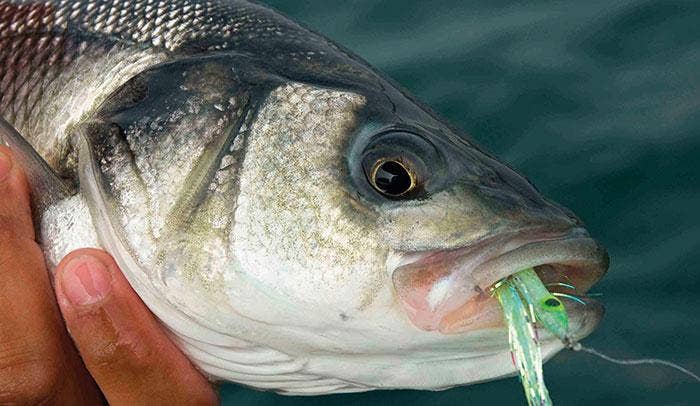
How to Do it
This method is probably the easiest. Use your favorite method to catch bluegill and other small baitfish. Then, use a large circle hook or bait hook, and insert it just beneath the spine in the middle of the fish’s back. Be careful not to hit the spine or any organs.
Cast the bait out, and let it swim around. When your line takes off much harder than the baitfish is capable of, set the hook and bring her in.
Bass are highly aggressive, and you can use a bobber to keep the baitfish near the surface where they hang out. If you let them free-roam, you might get a nice catfish or another predator from deeper in the water column.
Learn Them All with BassForecast
These are all techniques that every bass fisherman should master. Some are a bit more advanced, and some are easy for just about anyone to pull off. However, they’re all guaranteed to make your bass fishing game reach the next level.
For more tips and tricks on catching trophy bass, check out more guides from BassForecast.
Know – Adapt – Catch® more with BassForecast.
Learn More How BassForecast Works



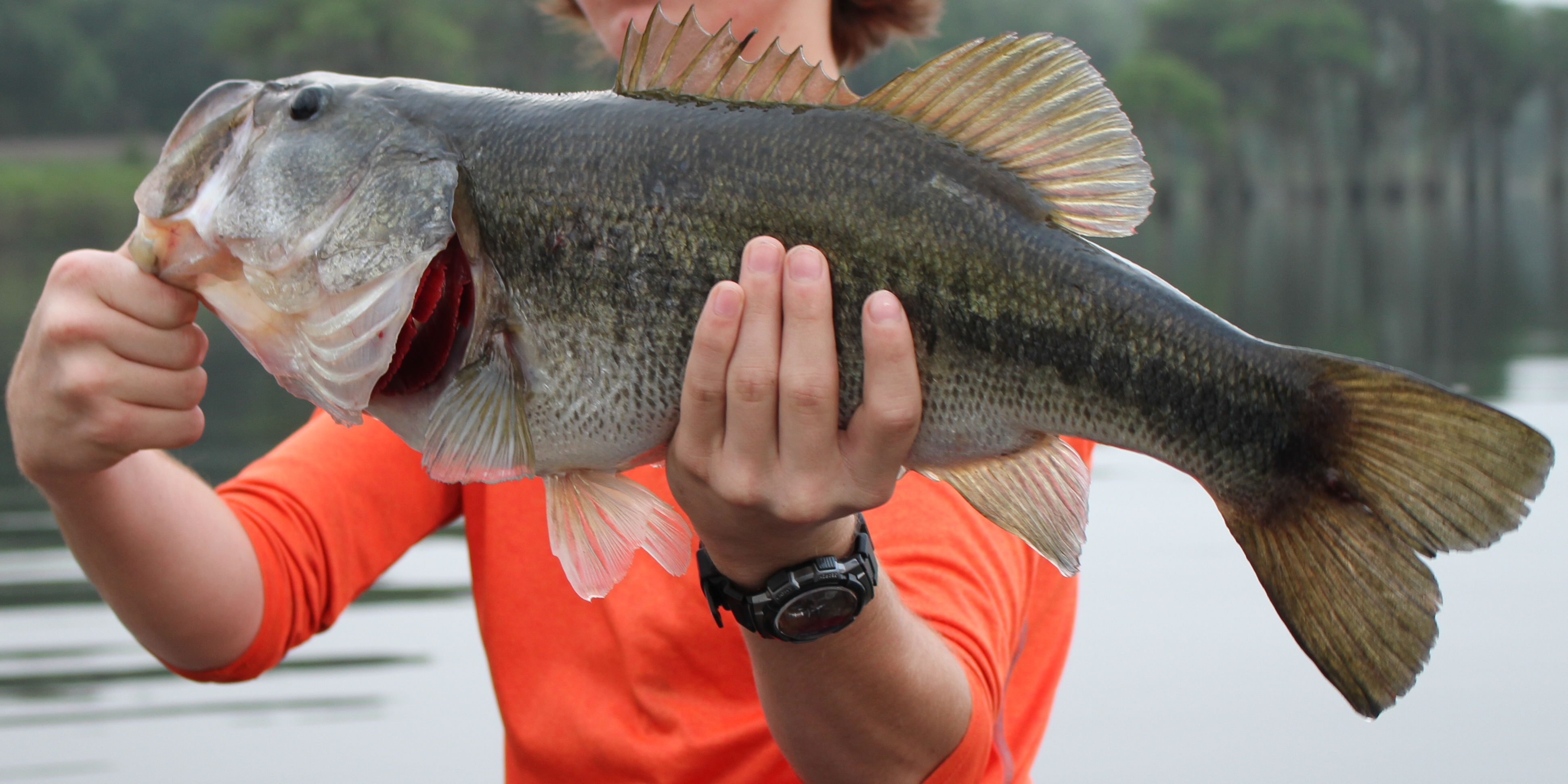

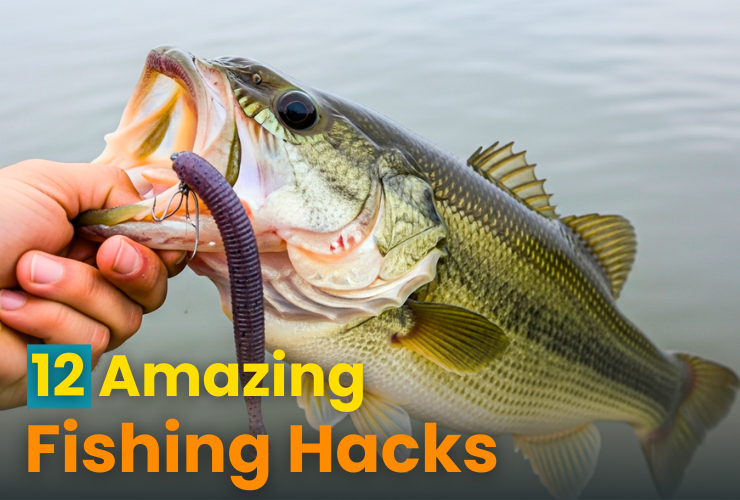
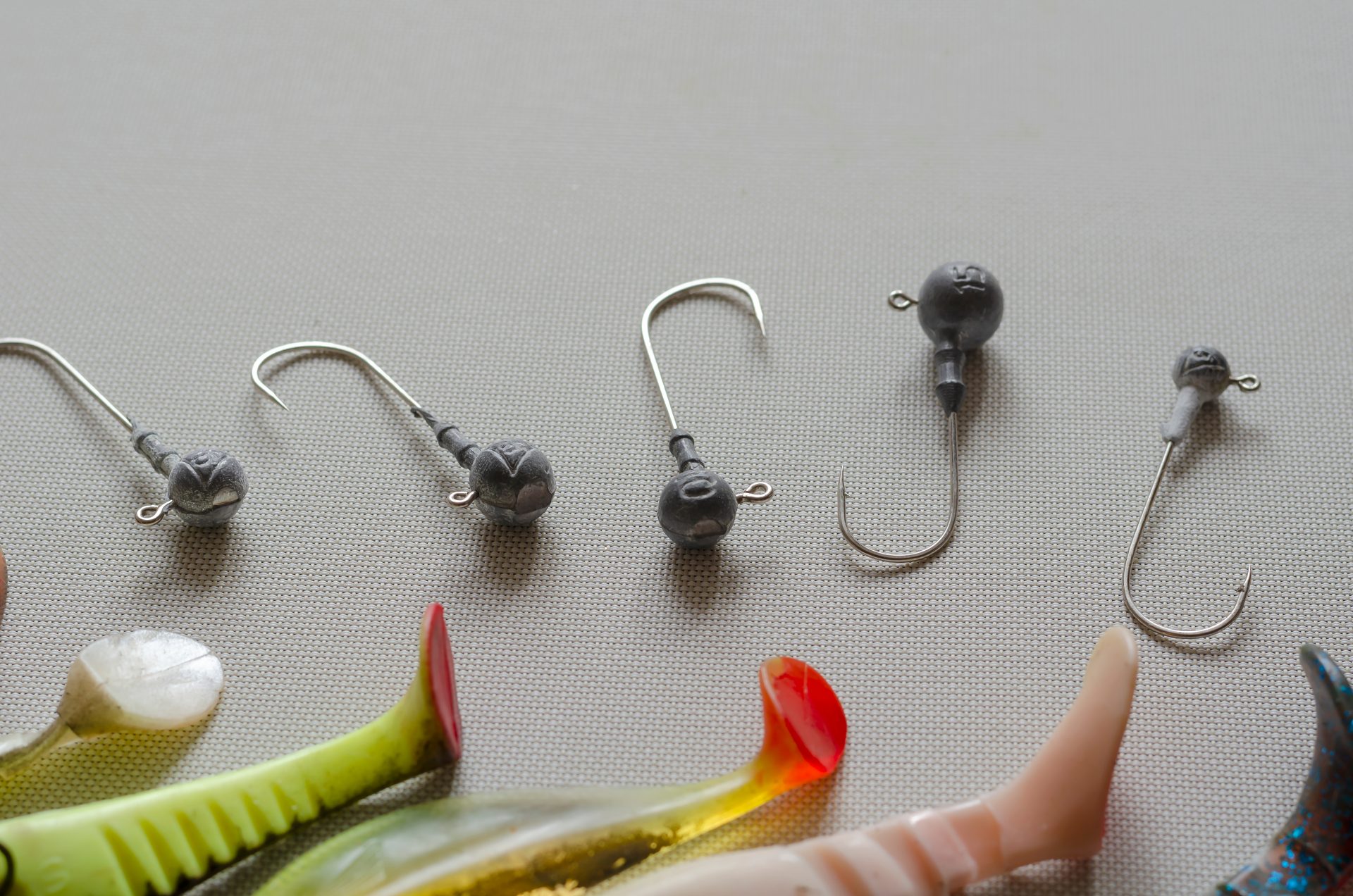

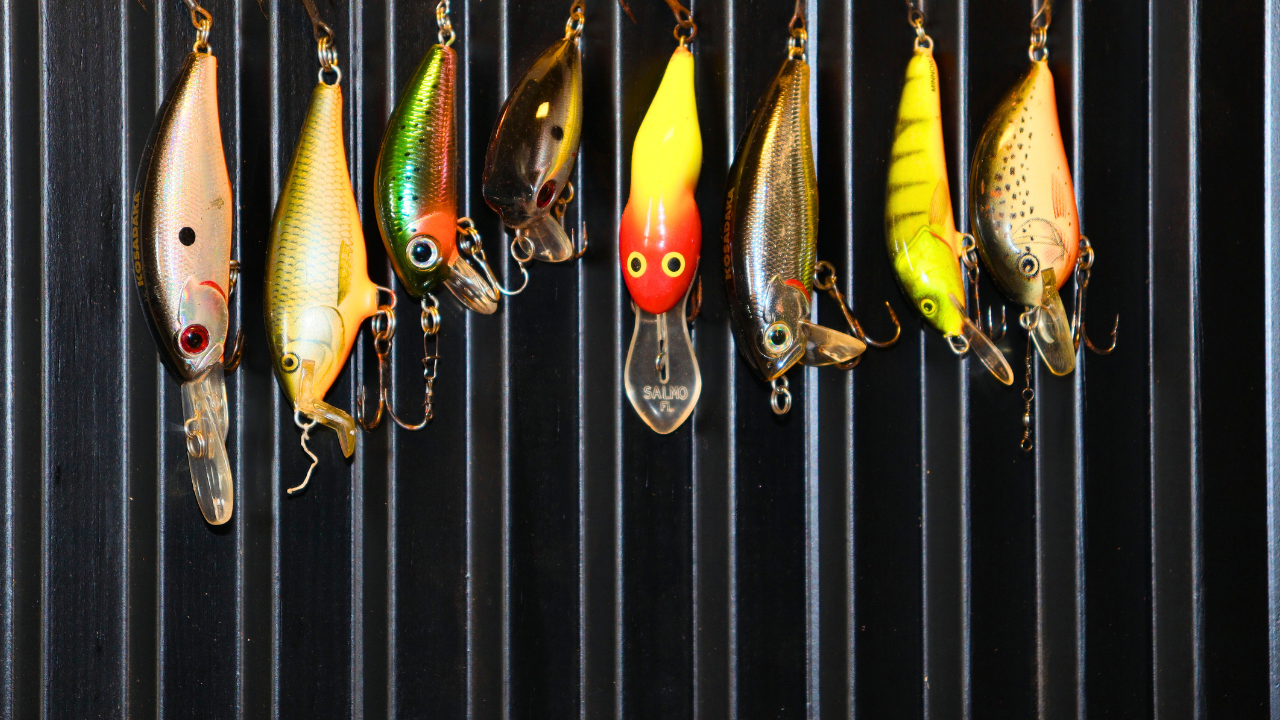
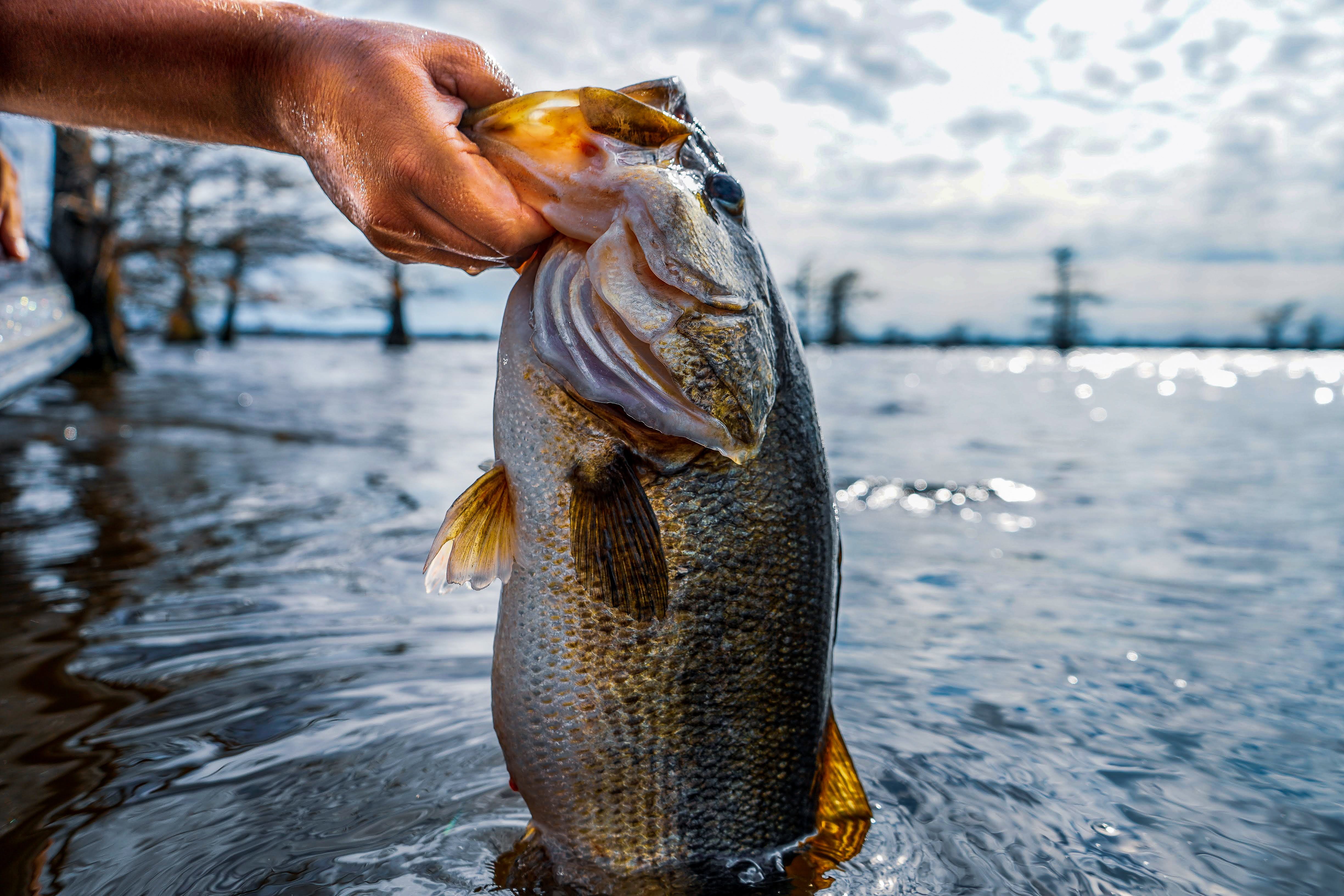

.png)
.png)